
Uncorrected Refractive Error (URE) is a significant public health issue, especially in low and middle-income countries, because of limited availability and affordability of eye care services, and a general lack of awareness of the need for eye health by governments and consumers alike.
This is not only a health problem, it is also a problem of economic development, education, social participation; women and girls are disproportionately affected, highlighting that URE also has a gender dimension. Workers productivity and road safety are directly linked to the ability of people to see well.
In 2019, 22 organisations came together to form The Coalition for Clear Vision(TCCV). These organisations represent many aspects of the eye health sector: businesses that manufacture and sell eyeglasses and related services; social entrepreneurs; industry bodies; foundations and nonprofit organisations. All of these organisations and businesses have been working in the eye health sector for many years, and a significant number of them have been involved in solving the Uncorrected Refractive Error (URE) problem for decades.
With the WHO and UN on board, refractive error is on the agenda of many national governments, philanthropies, and intergovernmental organisations and bodies, the window of opportunity was opening up to significantly increase the impact of their work towards a world where everyone has access to eyeglasses and related services.
The solution to refractive error (i.e. eyeglasses) has been around for more than 700 years. Yet, solutions have not scaled to the size of the problem. The TCCV founders saw the need for collaborative and systemic work to advance uptake of spectacles. TCCV aims to use a systems approach at different levels to identify barriers and unmet opportunities in the eye health system that prevent our solutions from scaling.
We believe that it is possible to solve the problem of Uncorrected Refractive Error once and for all. Not many of the large social and economic problems of our times are indeed solvable, but this one is. It requires durable access to affordable eyeglasses and services, awareness by individual customers and recognition and support by governments. In addition, it requires a functioning market that provides people access to eyeglasses in their communities.
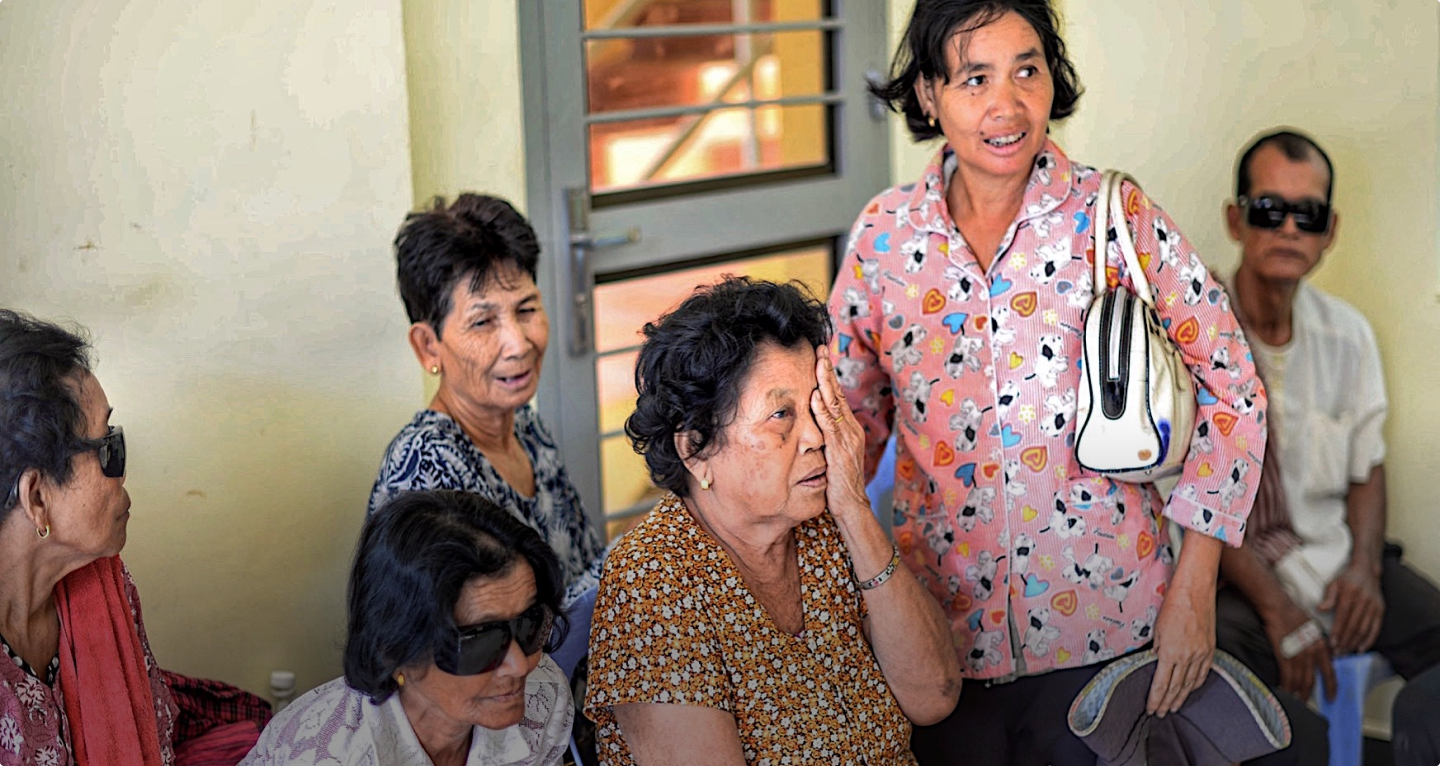
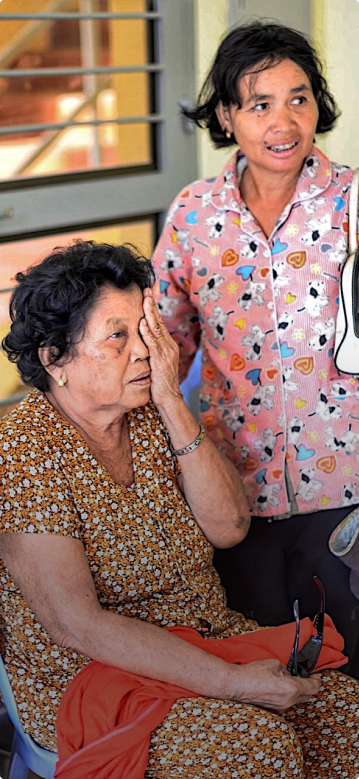
Photo Credit: Eye Care Foundation
Photo Credit: VisionSpring
By leveraging our collective resources and knowledge, using a systems approach, and by working collaboratively across private; public and nonprofit sectors, we strategically change the vision care system and market, which leads to our members and the entire eye health ecosystem achieving the scale required to address Uncorrected Refractive Error. It leads to people globally utilising vision care services and products in a sustainable way.
By leveraging our collective resources and knowledge, using a systems approach, and by working collaboratively across private; public and nonprofit sectors, we strategically change the vision care system and market, which leads to our members and the entire eye health ecosystem achieving the scale required to address Uncorrected Refractive Error. It leads to people globally utilising vision care services and products in a sustainable way.
COALITION ECOSYSTEM
The role of the Coalition is to facilitate the development of strategies, local and national alliances, and country-level eco-systems to solve the problem of URE at scale in ways that members cannot do alone.
The coalition collates evidence and know-how for the development of enabling environments and removes barriers to scaling up the availability and use of eyeglasses and eye health services for the one billion people in need of them.

Everybody who needs a pair of eyeglasses and an eye examination should have the option to get them.

What we do directly and significantly scales up the eye health systems ability to serve more customers, to get more eyeglasses on noses.

Some will need support from governments or nonprofits to afford eyeglasses, but many are able to pay for them. The infrastructure we will build serves the whole spectrum with both quality and choice.

We analyse the global and national systems, including the market, to identify barriers and hidden opportunities that keep us from scaling solutions.

The dysfunctions and gaps in the eye health system and market are the reason why one billion people have no access to eyeglasses. We recognise that we are part of this system and we will no longer perpetuate the status quo.

We believe that a key benefit of working in a coalition is to learn from each other across national, social, and cultural dimensions. Our diversity is a key asset of the Coalition, combined with the shared global vision.

Only if we trust each other will we be able to share, to collaborate, to act together in ways we are not able to do alone.

We are part of the system that is currently not working for a billion people. We recognise that we need to be the change we want to see in others.
We strategically change the vision care system and market by leveraging our collective resources and knowledge, by using a systems approach, and by working collaboratively across private, public and nonprofit sectors.

We build member capacities in analyzing the vision care system at national and global level to determine leverage points and to decide upon and prioritise activities with the most impact. While evaluating the systemic impact, we track country progress with agreed upon shared measurement tools, document and share best practices and tool kits.

We create shared and aligned approaches to delivering integrated refractive error service catalyze country-level collaborations on the systems change agenda and promote the uptake of evidence-based models and vision access solutions.

We aim to develop consensus views on key issues and create collective advocacy strategies for members to implement. In addition, we equip members with resources to advocate for priority policies, regulations and local/national/global action plans; activate new funding opportunities for members by providing them with compelling arguments and data.

We strategically engage our stakeholders from the eye care system and in a multi-sector approach to assure that all voices inform our strategy and practice; build partnerships and cross-sector collaboration at national and global level; prevent duplication of effort.
The Coalition is a systems change organisation. This means that members at both global and country levels use an analysis of the vision care system, including the market, to create a joint language and a shared understanding of the complex issue we are tackling. The systems approach surfaces the roles of stakeholders, including our own members within the complex interactions and dynamics that perpetuate the status quo. This work facilitates an integrated perspective as a coalition, over the individual, partial views of members, and leads to a shared systemic theory of change.
There are many ways to address the Uncorrected refractive error (URE) problem. The strength of the Coalition is that it recognises the value of its diverse membership and the different approaches that members implement. We have preliminary identified the following key variables to impact and are beginning to gather strategies for each.

Not every member will be pursuing all strategies for all of these leverage points at all times. But they stand for our common set of beliefs on what it takes to significantly scale up solutions and approaches at a systems level. In our 3 year plan we prioritise which strategies to focus on.
Over time, members at both global and country levels will use system maps to assess progress on their activities, check their assumptions and evaluate how the activities contribute to strategic goals and outcomes over multiple time horizons.
We believe that the systems approach is what sets the coalition apart from siloed and individual efforts to address Uncorrected refractive error (URE). It supports a joint understanding, knowledge management, and real time strategy development.
The Coalition for Clear Vision(TCCV) is operating under the umbrella of the International Association for the Prevention of Blindness (IAPB), and is governed by a steering committee of ten members. The Coalition expects to incorporate by 2024, with a governance model to be determined.
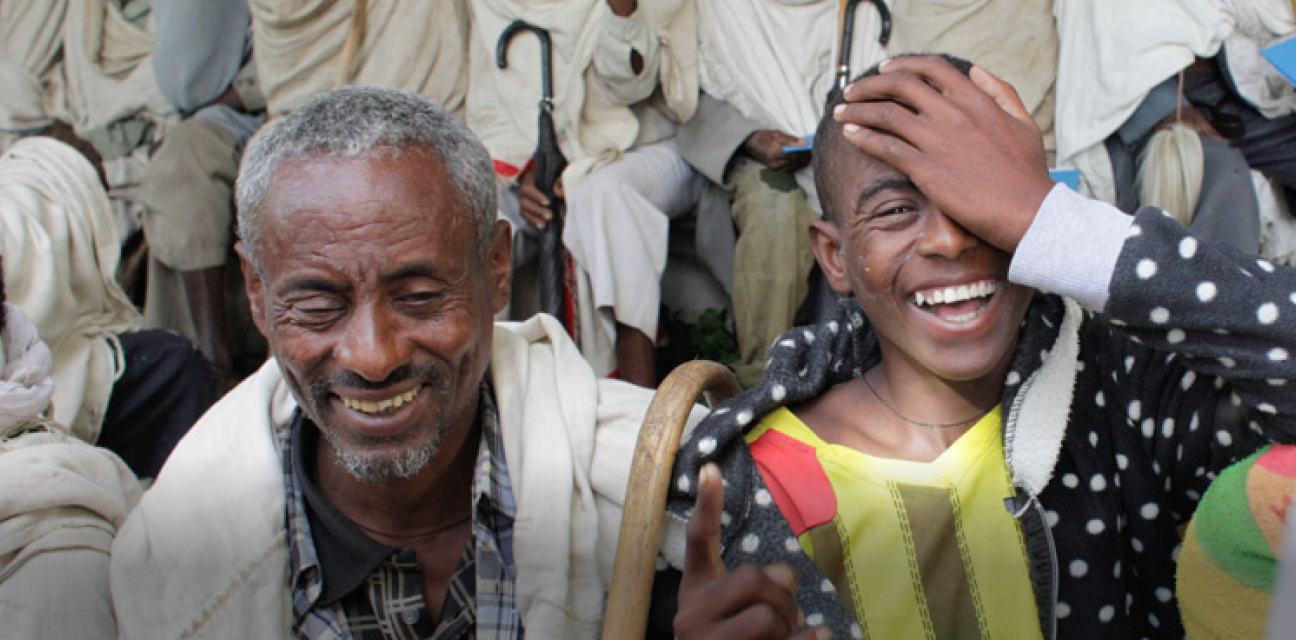
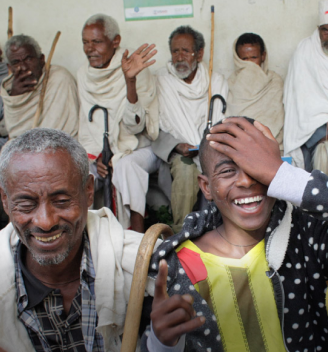
Photo Credit: Light for the World
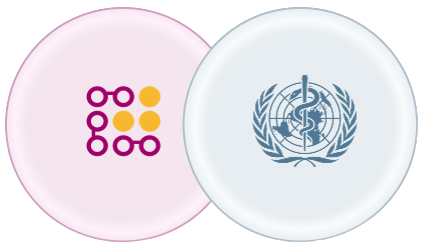
When the Coalition began forming in late 2019, we embarked on uncharted territory. One of the primary motivations behind the Coalition's inception was the lack of a unified, strategic approach to combat Uncorrected Refractive Error. However, this shifted with the establishment of SPECS by the World Health Organisation in 2023. We can proudly attribute SPECS as our first significant accomplishment, as it was the Coalition that emphasised the need for improved collaboration, systemic change, and the readiness of our sector to engage.
SPECS is currently in its formative stages, and therefore, many aspects remain unknown. Nevertheless, two facts are clear: Firstly, we will work in close partnership with SPECS, adjusting and adapting as necessary in response to strategic initiatives and emerging opportunities; secondly, with the advent of SPECS, the importance of the Coalition has been amplified.
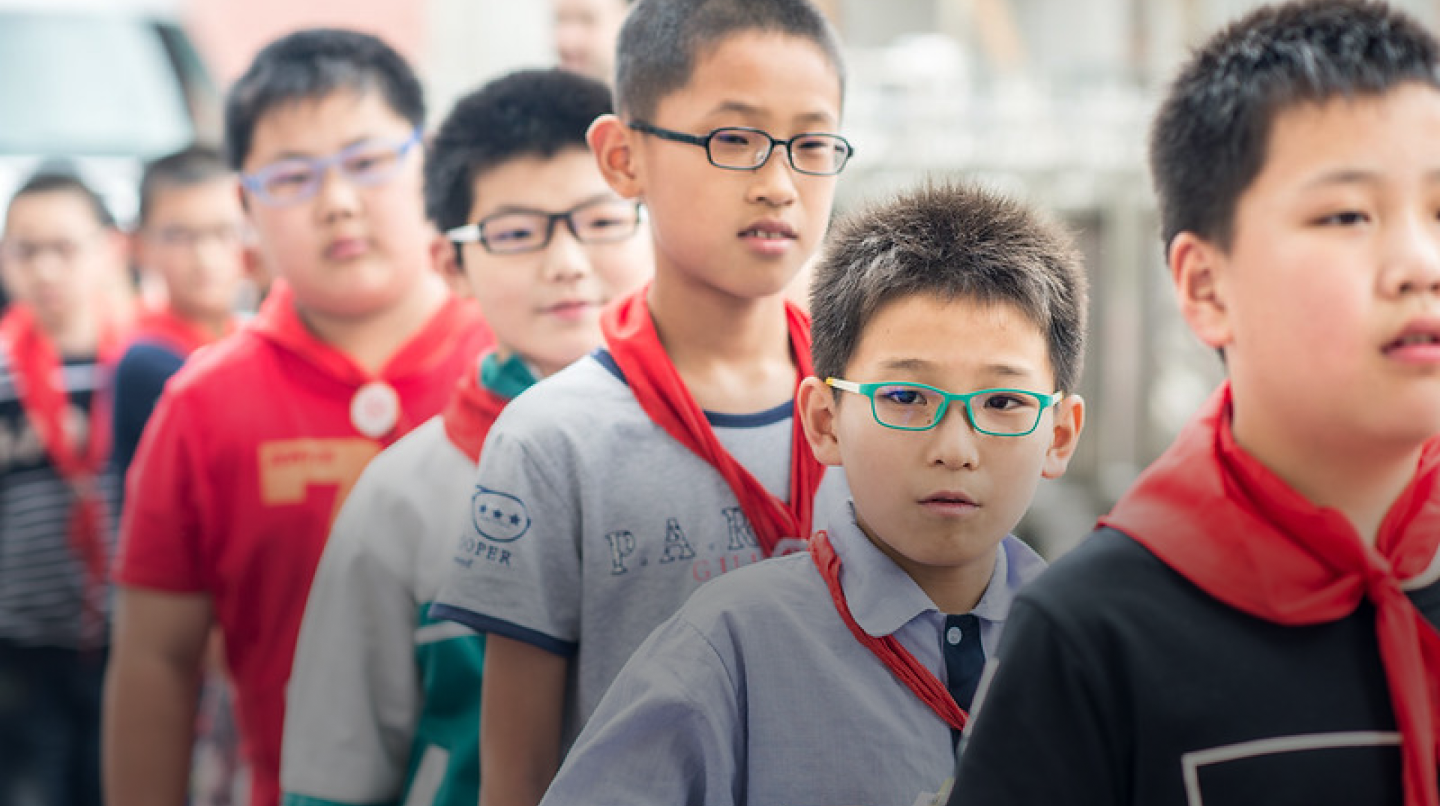

Photo Credit: OneSight Essilor Foundation
With these roles, the Coalition complements SPECS in areas where WHO cannot act independently. Moreover, we can leverage the Coalition's strengths to support and implement many of the strategies SPECS will develop over time.